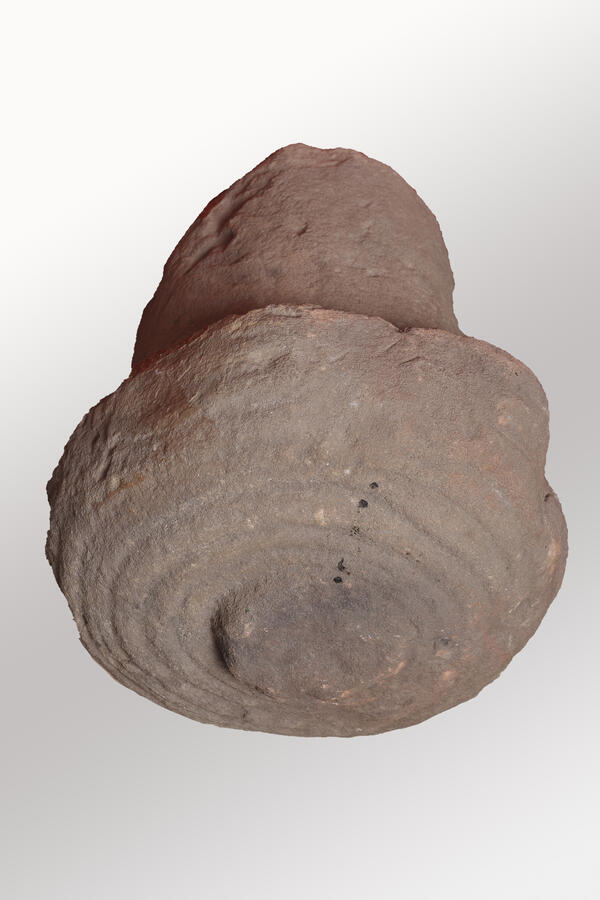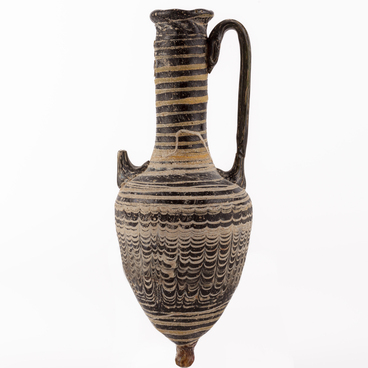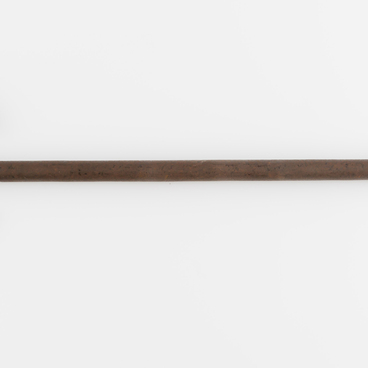On the territory of the Northwest Caucasus — from Anapa to Ochamchire (Abkhazia) — there are ancient stone structures. They look like stone houses, with each wall weighing about a ton. These structures are called dolmens. Archaeologists attribute them to burial structures and date them to the Bronze Age.
In his monograph, Vladimir Ivanovich Markovin, a prominent researcher of dolmen culture, established the distribution of dolmens in the Caucasus region, studied them in detail and described 2,308 dolmens. The origin of dolmens is still unknown. Professor N.B. Anfimov wrote, “For the time being, we must limit ourselves to hypotheses, since there is no indisputable evidence in favor of any theory about the origin of dolmens on our territory.”
There are about 150 dolmen structures in the Gelendzhik region. The total number of dolmens on the Black Sea coast of the Caucasus is 2,500 structures. Sandstone — the most common stone in the Northwest Caucasus — was used for construction. It was easily shaped with bronze and stone tools, but was inferior in strength to marble and granite and was more susceptible to the influence of weather and climatic conditions.
This stopper was found near a destroyed dolmen near the village of Pshada in the Krasnodar Territory. M.G. Mineev, the head of the pre-revolutionary history department, and E.A. Kozlov, the head of the nature department, donated the plug to the museum in 1987. Although Caucasian dolmens are classified as part of the world megalithic culture, their appearance and design features are unique and there are not any structures in the world that would look the same. Dolmen culture is interesting and mysterious, and researchers have yet a lot to discover.
The stopper features a petroglyph carved in the form of a spiral. It was made rather for a magical than for an aesthetic purpose. This is a rare find for the monuments of the Bronze Age, since dolmen stoppers were rarely adorned with carved patterns.
The majority of dolmen stoppers were lost in the 19th and 20th centuries. Experts believe that about a third of all dolmen structures have survived to this day.
In his monograph, Vladimir Ivanovich Markovin, a prominent researcher of dolmen culture, established the distribution of dolmens in the Caucasus region, studied them in detail and described 2,308 dolmens. The origin of dolmens is still unknown. Professor N.B. Anfimov wrote, “For the time being, we must limit ourselves to hypotheses, since there is no indisputable evidence in favor of any theory about the origin of dolmens on our territory.”
There are about 150 dolmen structures in the Gelendzhik region. The total number of dolmens on the Black Sea coast of the Caucasus is 2,500 structures. Sandstone — the most common stone in the Northwest Caucasus — was used for construction. It was easily shaped with bronze and stone tools, but was inferior in strength to marble and granite and was more susceptible to the influence of weather and climatic conditions.
This stopper was found near a destroyed dolmen near the village of Pshada in the Krasnodar Territory. M.G. Mineev, the head of the pre-revolutionary history department, and E.A. Kozlov, the head of the nature department, donated the plug to the museum in 1987. Although Caucasian dolmens are classified as part of the world megalithic culture, their appearance and design features are unique and there are not any structures in the world that would look the same. Dolmen culture is interesting and mysterious, and researchers have yet a lot to discover.
The stopper features a petroglyph carved in the form of a spiral. It was made rather for a magical than for an aesthetic purpose. This is a rare find for the monuments of the Bronze Age, since dolmen stoppers were rarely adorned with carved patterns.
The majority of dolmen stoppers were lost in the 19th and 20th centuries. Experts believe that about a third of all dolmen structures have survived to this day.



